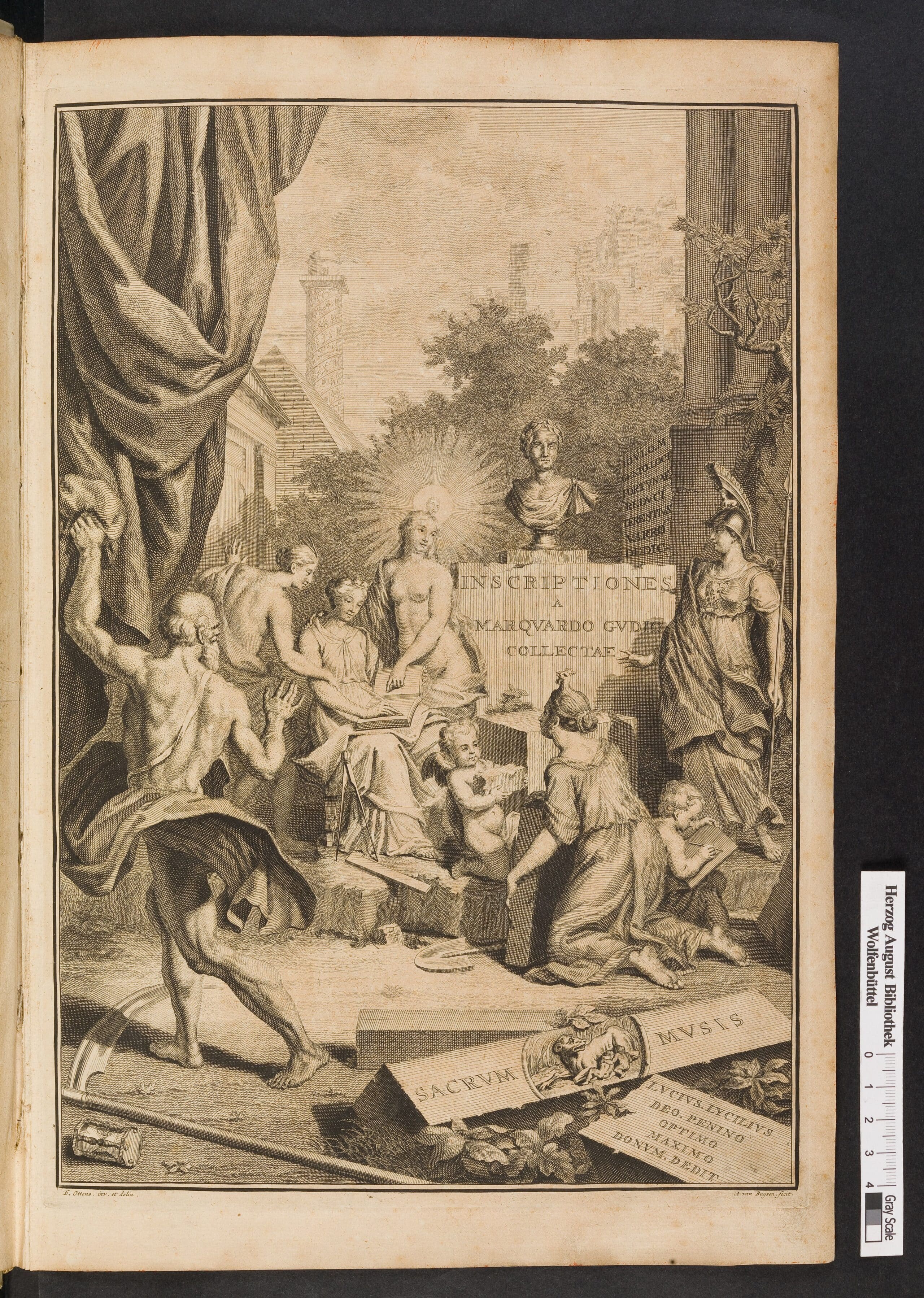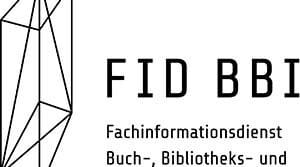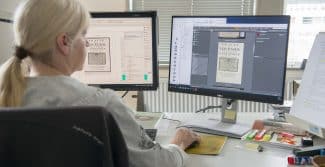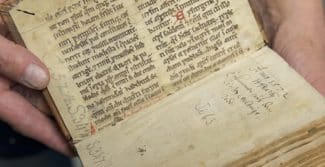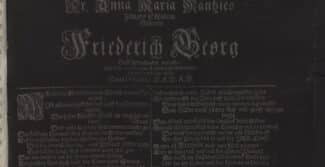The result is arguably the most important private manuscript collection to be found north of the Alps in the 17th century. It contains rare and precious items that played a key role in the transmission of significant classical and medieval works. This exhibition was the first to present scattered portions of the former Gude collection as well as important documents about their history.
It is thanks to a favourable economic situation and the astute actions of Gottfried Wilhelm Leibniz that most of the medieval manuscripts from the library of Marquard Gude (1635–1689) were acquired by Herzog Anton Ulrich von Braunschweig-Lüneburg in 1710. The collection of Gude manuscripts in the Herzog August Bibliothek currently comprises 478 volumes, including important items that played a key role in the transmission of significant classical and medieval works.
On his travels in France, Germany and Italy, Gude acquired over 10,000 manuscripts and prints. His library was described as a treasure and elicited great admiration even in the 17th century. His travels offered him the opportunity to make contact with scholars in Italy and France and to visit libraries and private collections. Gude was thus able to search for the classics and follow in the footsteps of his illustrious predecessors on a veritable hunt for undiscovered codices that might contain better textual variants. In assembling his manuscript collection, Gude used the resources of booksellers as well as the holdings of old Church libraries, such as that of San Giovanni da Verdara in Padua. Some items were gifts from scholars in Naples or Milan, while others were purchased at auction. Gude also attached great importance to comparing unknown manuscripts with classical authors and documenting variant readings. He also made copies of manuscripts still held by monastery or cathedral libraries. In their work, Gude and other learned philologists also used printed editions, which they would annotate with valuable notes and variant readings.
